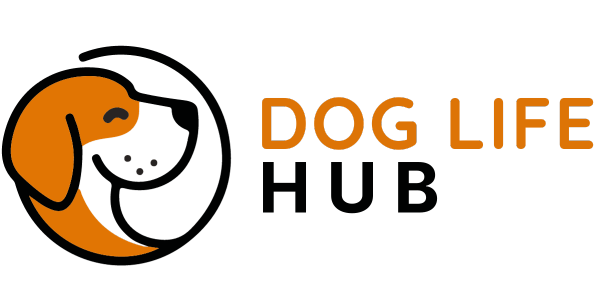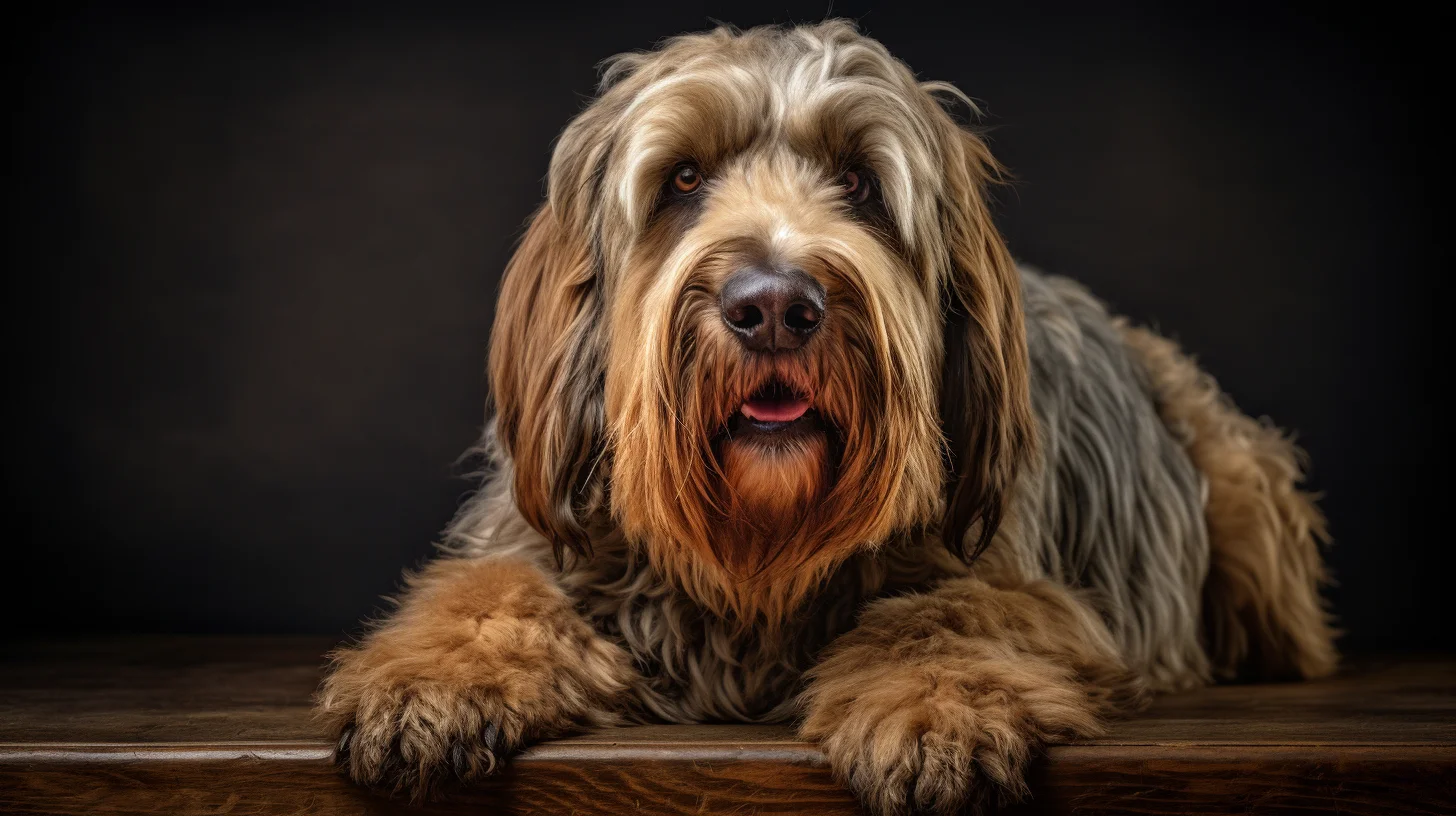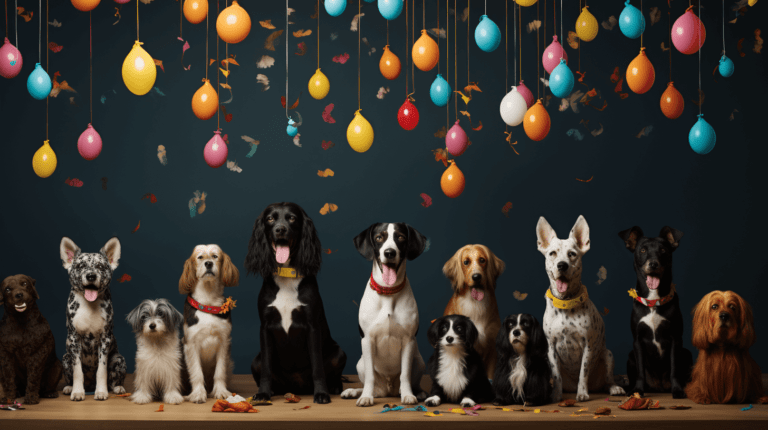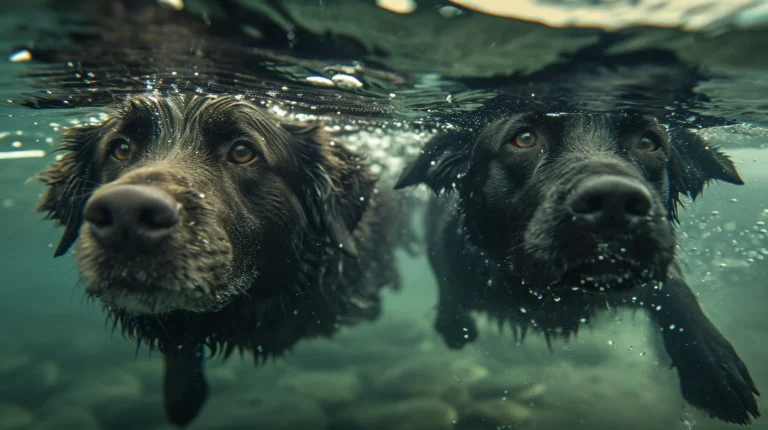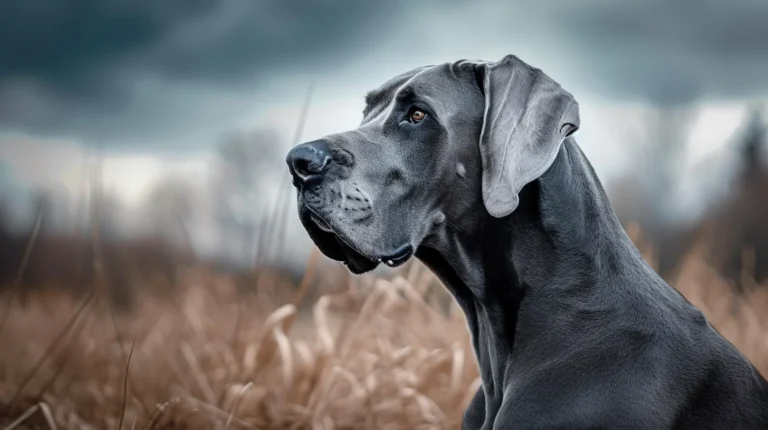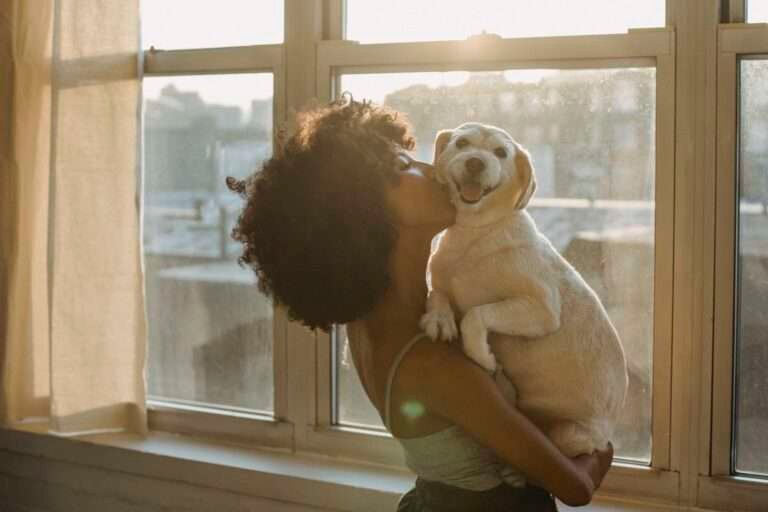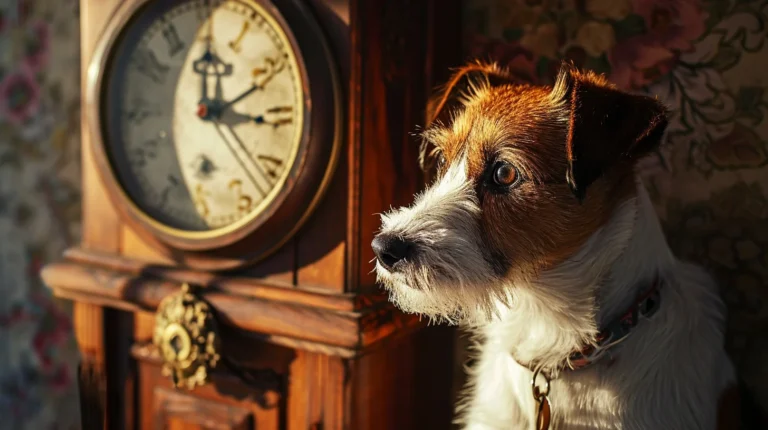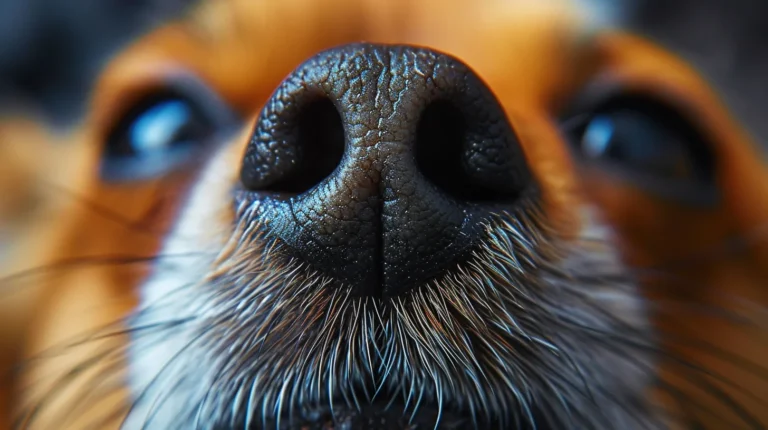All About the Otterhound – Britain’s Rarest Dog Breed
How Rare is The Otterhound?
The Otterhound is an extremely rare breed. In the UK, Otterhounds have been classified as a vulnerable native breed. The number of puppies registered annually is often less than a hundred, sometimes even lower, which puts them in the category of endangered breeds.
Globally, the population of Otterhounds is estimated to be very small, with less than 1000 of the breed worldwide. This low number is a major concern for breed enthusiasts and dog conservationists.
There are concerted efforts by breed clubs and enthusiasts to preserve and promote the Otterhound. This includes responsible breeding programs, raising awareness of the breed, and encouraging interest among potential dog owners.
It is very difficult to acquire an Otterhound as a pet, due to their rarity. Breeders have long waiting lists, and they are not the sort of dog breed that often get given up for adoption.
If you are ever lucky enough to be able to offer an Otterhound a home, this article answers some of the questions you might have, and offers a brief history of the breed.
You can show your love for the breed with our Otterhound Sticker!
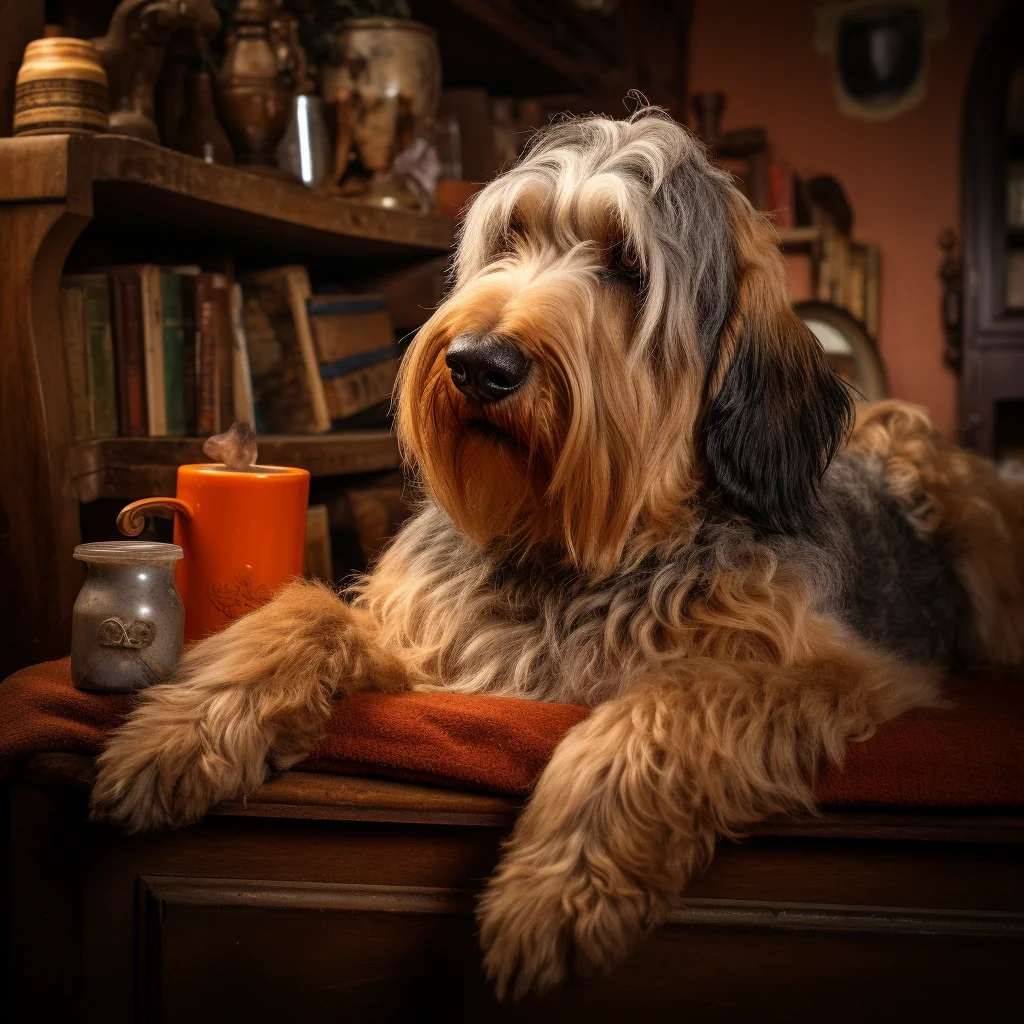
The History and Origin of The Otterhound
The Otterhound is a breed with a fascinating history and origin. It’s a large, old British dog breed known for its amazingly acute sense of smell and strong swimming ability. Here are the key points in the history and origin of the Otterhound:
- Medieval Origins: The Otterhound’s history dates back to at least the 12th century in England. They were originally bred for a very specific purpose: to hunt otters. Hunting otters was important at the time because otters preyed on fish in rivers and ponds, which were a vital food source for many communities. Most villages had a pond which was important for food – otters had to be controlled to preserve this food source.
- Development of the Breed: The Otterhound was developed from Bloodhounds and various other types of hounds, particularly those known for their swimming ability. This mixed ancestry gave the Otterhound its excellent sense of smell and its webbed feet, which make it an excellent swimmer.
- Decline in Otter Hunting: With the decline of otter hunting in the 20th century, especially after otters became a protected species in the UK in 1978, the Otterhound’s original purpose diminished, but their friendly and boisterous nature made them excellent dogs to keep as pets.
Physical Characteristics of The Otterhound
- Size and Build: Otterhounds are large dogs, with a robust and muscular build. Males typically weigh between 95-115 pounds (43-52 kg), while females are slightly smaller.
- Coat: They have a dense and waterproof double coat. The outer coat is rough and can be slightly wavy to curly, while the undercoat is softer and shorter and is a little oily. Their coats come in a variety of colours including black and tan, liver and tan, and various shades of grizzle (a mix of black, grey, and brown hairs).
- Head and Face: Otterhounds have a large head with a strong, square jaw. Their nose is broad and black, and they have long, droopy ears which are set low on their head.
- Eyes: Their eyes are deep set and can be hazel or brown, giving them a soulful expression – try refusing an Otterhound a treat!
- Tail: The tail of an Otterhound is long and bushy, carried high and proud when the dog is active.
- Feet: They have large, webbed feet, which make them excellent swimmers. This is a distinctive trait linked to their history as dogs bred for hunting otters in water. They can swim for hours without taking a break!
- Gait: Otterhounds move with a loose, shambling gait, often described as ‘bouncy,’ but they can cover ground surprisingly quickly when necessary!
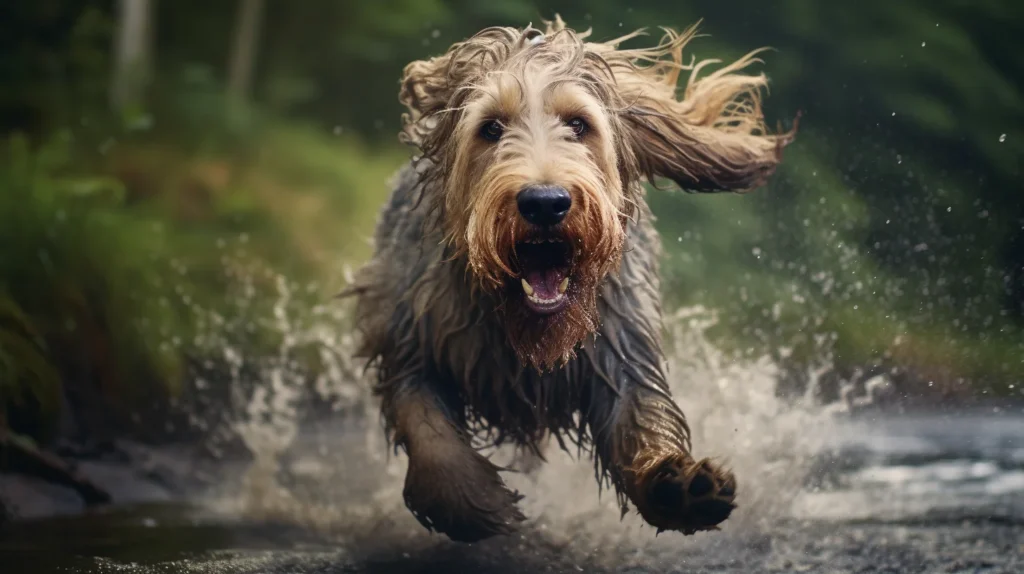
What is the temperament and personality of Otterhounds?
Otterhounds have a wonderful temperament. They are generally very friendly and outgoing dogs, which love being around humans.
They are a patient and gentle breed – despite their size, and are affectionate with children and other animals. Bearing in mind their hunting heritage – it is advisable to be careful with them around animals they might consider to be prey. Guineapigs and other small pets could easily excite the otterhound’s innate prey drive!
Despite their gentle nature, Otterhounds also exhibit a strong sense of independence and determination. This trait is a remnant of their heritage as hunting dogs, where they needed to be self-reliant and focused. While these qualities can sometimes be perceived as stubbornness, with the right training and socialisation, they can be managed effectively.
What are the exercise and activity requirements for otterhounds?
Otterhounds require a moderate to high level of exercise and activity to maintain their physical and mental well-being. Regular exercise and activity not only keep an Otterhound physically fit but also help prevent behavioural issues that can stem from boredom and excess energy.
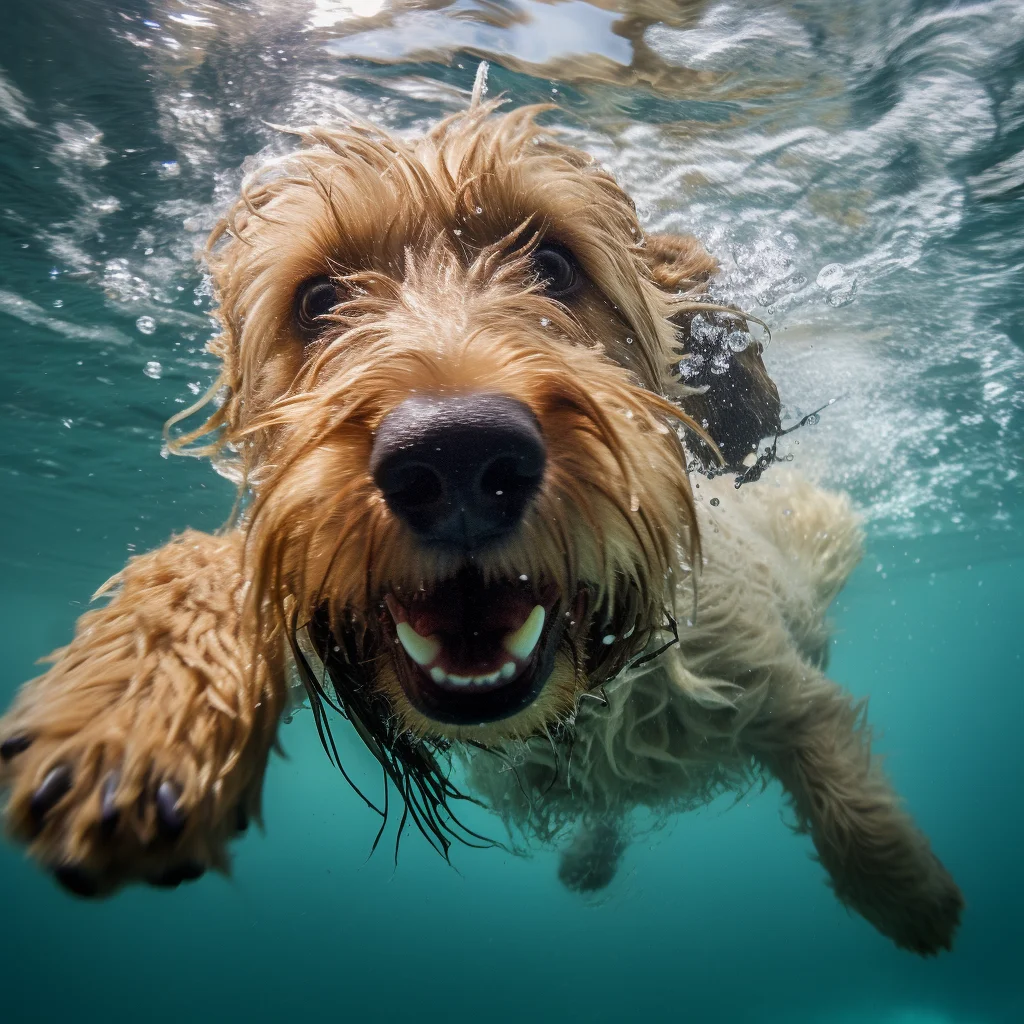
- Daily Exercise: Otterhounds typically need at least an hour-and-a-half of exercise each day, but even more would be beneficial. This can be split into two or more walks. They enjoy longer walks and have the stamina for extended periods of activity. These dogs could swim all day if given the chance. They’d thank you for it if you could give them that chance!
- Mental Stimulation: Mental stimulation is as important as physical exercise. Otterhounds are intelligent and benefit from activities that challenge their minds, such as puzzle toys, scent games, or obedience training.
- Water Activities: Given their history as water dogs, many Otterhounds love swimming. It’s a great way for them to exercise, especially as it’s gentle on their joints.
- Playtime: Incorporate playtime into their routine. They enjoy playing fetch, tug-of-war, and other interactive games. This not only provides exercise but also strengthens your bond with your dog. If you are able to beat this powerful breed at tug-of-war, be sure to let them win every few games! Nobody likes losing all the time, and that includes dogs!
- Socialisation: Otterhounds generally get on very well with other dogs, and socialisation with other dogs can be an important benefit to them, both mentally and physically.
The Lifespan and Health Issues of Otterhounds
Otterhounds typically have a lifespan of around 10 to 13 years. Like all breeds, an individual dog’s lifespan can vary and is influenced by factors such as genetics, overall health, and the level of care and environment provided by the owner.
Regular veterinary care, a healthy diet, regular exercise, and a loving home environment all contribute to the overall health and longevity of an Otterhound.
Otterhounds, like all dog breeds, have certain health issues that are more common in their breed. These concerns do not affect every Otterhound, but it’s important for owners and potential owners to be aware of them. Here are some of them:
- Hip Dysplasia: This is a genetic condition where the thighbone doesn’t fit snugly into the hip joint. Some dogs show pain and lameness on one or both rear legs, but others don’t display outward signs of discomfort.
- Elbow Dysplasia: Similar to hip dysplasia, this is a condition involving multiple developmental abnormalities of the elbow-joint in the dog, specifically the growth of cartilage or the structures surrounding it.
- Gastric Dilatation-Volvulus (Bloat): Common in large, deep-chested breeds, this is a life-threatening condition where the stomach dilates and then rotates or twists, trapping air, food, and water in the stomach.
- Epilepsy: Otterhounds can be prone to epilepsy, a disorder that causes seizures.
- Thrombocytopathy: This is a blood disorder that affects the ability of blood to clot properly.
- Hypothyroidism: This condition, involving an underactive thyroid gland, can lead to issues such as obesity, lethargy, and hair loss.
- Allergies: Like many breeds, Otterhounds can suffer from various allergies, which can be caused by certain foods, contact allergens, or environmental factors.
- Ear Infections: Due to their long, floppy ears, Otterhounds are prone to ear infections, which require regular monitoring and cleaning.
Thanks for reading, and if you are ever lucky enough to own an Otterhound – we’d love to hear about it!
To discover more about the breed you can check out The Otterhound Club.
Why not pick up one of our Otterhound Stickers?
